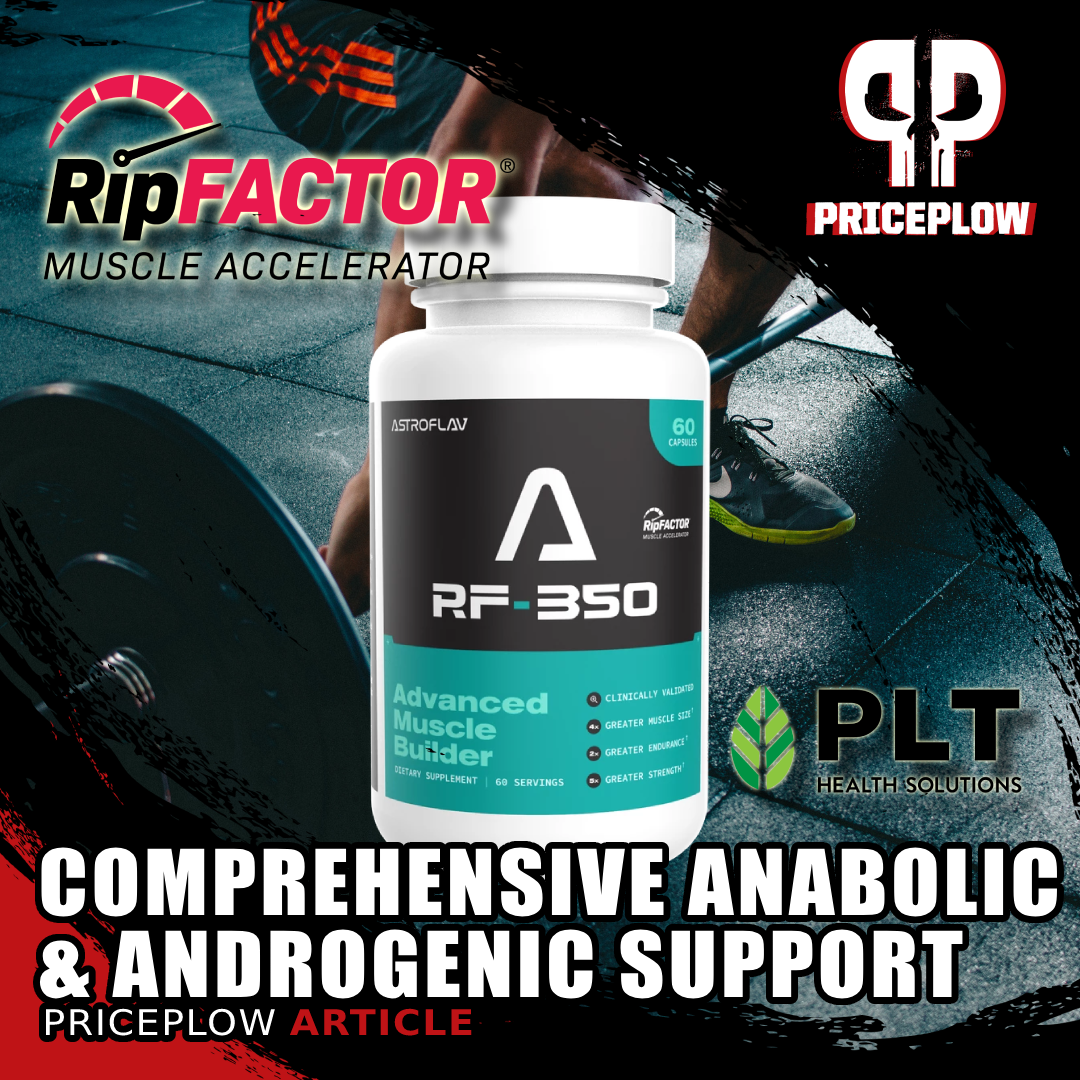
RipFACTOR is a powerful ingredient standardized from Mangifera indica and Sphaeranthus indicus that the industry shouldn't overlook. It offers numerous benefits for optimizing physical performance, with two clinically-published human studies.
Mangoes are extremely popular right now – specifically Mangifera indica. Several supplement R&D outfits are finding incredible new applications for the powerful bioactive constituents in mangoes. And one company was here first, with the best mango-based extracts we've seen:
We're referring to PLT Health Solutions' RipFACTOR, the novel ingredient developer's muscle accelerator that consists of extracts not just from mango, but also from a lesser-known flowering plant called Sphaeranthus indicus.
We recently covered a new 2024 showing that RipFACTOR boosts strength, reps, and free + total testosterone,[1] and there's been enough interest that we need to head backwards and analyze the ingredient in its entirety. So this article dives deep into everything you want to know about RipFACTOR, so consumers will know what they're getting when using a supplement containing it, and product formulators understand where and how to use it best.
Before we dive in, sign up for our PLT Health news alerts, and let's get into it:
Subscribe to PricePlow's Newsletter and Alerts on These Topics
RipFACTOR – PLT’s Anabolic, Androgenic, Do-It-All Workout Aid
When designing a supplement to improve athletic performance, formulators usually have to employ a blend of ingredients that each have one significant performance-related benefit – sometimes two, and rarely three or more. So in practice, a multi-ingredient formula will have a T-boosting ingredient, an NO-boosting ingredient, an mTOR-activating anabolic ingredient, etc.
What's amazing about RipFACTOR is that this one ingredient provides so many benefits with respect to optimizing physical performance. As you'll see in this article, RipFACTOR covers all the major bases that you need to perform your best and recover as efficiently as possible.
First, some background on the two extracts that make up RipFACTOR:
- Mangifera indica, commonly known as mango, has a bark historically used in traditional medicine. Indigenous cultures, including Indian Ayurvedic medicine, have utilized it for treating various ailments such as diarrhea, dysentery, and rheumatism. The bark is rich in powerful bioactive constituents, including mangiferin, a potent antioxidant with antidiabetic, immunomodulatory, anti-genotoxic, and anti-inflammatory properties.[2]Other notable compounds include catechins, quercetin, and gallic acid.[3] Recent studies have investigated its bioactive constituents for their potential in managing diabetes, enhancing immune function, and combating oxidative stress.[4,5]
- Sphaeranthus indicus, commonly known as East Indian globe thistle, has been used in traditional Ayurvedic medicine for centuries.[6] It has been employed to treat a variety of ailments, including skin diseases, fever, epilepsy,[7] and gastrointestinal disorders.[6] Its bioactive constituents include sesquiterpene lactones like sphaeranthanolide,[6,7] flavonoids, and essential oils,[6,7] which contribute to its therapeutic effects. These compounds exhibit anti-inflammatory, antimicrobial, antioxidant,[6,7] and hepatoprotective[8] activities.
If you're an old hat at the supplement game, you likely noticed that these summaries talk about some big and important mechanisms of action – anti-oxidation, anti-inflammation, immunomodulation, gastrointestinal support, etc. Given that both of these plants have some overlapping ability to move huge health-related levers, you're probably expecting them to have downstream hormonal benefits too.
If so, you're right. RipFACTOR has been shown to benefit these crucial aspects of health and athletic performance:
- Muscle building (anabolic response)
- Strength development
- Serum testosterone
RipFACTOR’s Human Clinical Research
To support these claims, let's dig into the research literature – which for the purposes of this article, will be the two randomized controlled trials on humans using RipFACTOR:
-
Increases Muscle Strength and Growth, Endurance, and Androgen Activity in Young Male Volunteers (2023)
RipFACTOR® is an award-winning clinically-studied, concentrated herbal formula to accelerate muscle growth. The development of this formula involved screening over 2,000 botanicals for their ability to promote optimal strength, endurance, and muscle gains.
This study randomized 40 male participants between the ages of 18 and forty to receive either a placebo, or 650 milligrams of RipFACTOR, every day for 56 days.[9]
Importantly, these were trained subjects – part of the inclusion criteria for this study was that participants needed to lift at least 3-4 hours per week, 4 times per week, for 6 months.[9] This is important because it's harder for a sports nutrition supplement to show efficacy in trained subjects than it is in untrained subjects, so this design choice immediately lends greater credence to the study results.
It's also important to note that these subjects were healthy. With an average age of about 23, and an average BMI of about 24,[9] these were fit young men in the prime of their lives.[9] Again, this is a population that's generally tough to benefit with supplementation – since they're at their absolute physical peak, any demonstrated efficacy is truly increasing health and function above baseline.
They were screened for disqualifying medical conditions that could potentially confound the study results, like abnormal liver panels or a positive HIV diagnosis, and given instruction to avoid ergogenic aids while maintaining their normal diets.[9]
The study had participants visit the lab for 5 different visits:
- Screening visit
- Randomization/baseline visit
- Day 14
- Day 28
- Day 56
Physical performance tests were conducted on visits 2 through 5, while blood draws were performed only on visits 1, 2, and 5.[9]
The most notable thing about this study is probably the design of the training regimen the subjects followed – it consisted of 4 workouts per week, and included over 17 different chest-and-shoulder, back, leg, and arm exercises, divided up in the traditional bro split. That is, one of these weekly training sessions was dedicated to chest and shoulders, another to back, and so on.
The sessions themselves were carefully designed based on each subject's individual 1RMs –
- First they warmed up with 2 sets of 8-10 repetitions at 50% 1RM.
- Then they performed 2-3 sets of 10 at 70% 1RM, with 2 minutes of rest between sets.
- Finally, weight was incrementally added to the bar until it reached 90% 1RM.
The exceptions were on the assessment visit days – that is, visits 2 (baseline), 3 (day 14), 4 (day 28), and 5 (day 56). On those days, the participants only performed physical assessment exercises consisting of bench press, leg press, cable pulldowns, handgrip strength, and a treadmill test.
The study also tracked the following physiological biomarkers:
- Free testosterone
- Cortisol
- Dihydrotestosterone (DHT)
- Creatine kinase (CK), a measure of muscle damage
The RipFACTOR group (LI12542F6) absolutely blew the placebo group out of the water on all strength-related assessments.[9]
The randomization in this study was clearly pretty good, since bench 1RM, leg press 1RM, and handgrip strength was roughly equal between the groups at the baseline visit.
But as the study went on, the RipFACTOR group (labeled LI12542F6 in the study) absolutely demolished the placebo group.
Usually, when we do really detailed coverage of a study like this, we find that some results achieve statistical significance while others don't, and we like to highlight the ones that do. But in this case, all the inter-group differences achieved statistical significance (marked in the the table by a # superscript).[9]
Although both groups gained significant amounts of strength on all three assessments, the RipFACTOR group gained over 500% more strength than the placebo group on the bench press and leg press assessments.[9] Given the placebo group's significant strength gains, RipFACTOR's effects are exceptionally impressive.
Even more impressive was the grip strength result. As anyone who's been in a gym can tell you, grip strength is notoriously difficult to train – you have to fight really hard for even single-digit percentage point increases. Yet, incredibly, the RipFACTOR group gained 30% more handgrip strength than the placebo group during the 56-day study period.[9]
RipFACTOR's ability to increase grip strength is probably related to its significantly androgenic effect.[9]
Although handgrip strength doesn't respond quickly to training, exercise physiologists have long known that testosterone status can profoundly affect grip strength[10] – so if we're seeing a boost in grip strength, we should expect to see an improvement in overall androgen status. And that's exactly what the RipFACTOR study found.
While the placebo group's serum level of free testosterone, the most important and biologically active testosterone biomarker, dropped slightly over the course of the study period, the RipFACTOR group's free T level went up by about 17%.[9] This is another one of those metrics that's really tough to change, so the fact that RipFACTOR could cause such a significant increase is quite impressive.
Furthermore, while serum levels of the stress hormone cortisol dropped in both groups, it dropped in the RipFACTOR group a lot more. It dropped only 3.5% in the placebo group, while decreasing by 21% in the RipFACTOR group.[9]
This study also measured athletic endurance in two different ways:
- Number of cable pull-down repetitions to failure at 80% 1RM
- Time to exhaustion on a treadmill test with a 2% increase in incline every 2 minutes
And on both metrics, the RipFACTOR group out-gained the placebo group – they gained 96% more endurance on the cable pulldowns, and 107% more endurance on the treadmill test.[9]
RipFACTOR increased bicep circumference in both arms, as well as lean body mass, more than placebo – and the RipFACTOR group also lost more fat than the placebo group.[9]
Since the study shows that RipFACTOR increased strength, endurance, and androgen activity, it's no surprise that some beneficial effects showed up in body composition too. The RipFACTOR group experienced a roughly 3-4x greater increase in bicep circumference, which is very cool and usually indicative of muscle growth.[9]
The really big one, though, was overall lean body mass – the RipFACTOR group gained 1.44 kg of lean mass on average, while the placebo group hardly gained anything at all. Moreover, the RipFACTOR group lost roughly 5x as much fat as the placebo group.[9]
This is no surprise as, again, we already know RipFACTOR significantly increased free T. And as the authors of the study point out, free T has a profound effect on muscle protein synthesis activity via its binding to the androgen receptor.[9]
-
Increases Muscular Strength, Endurance, and Testosterone, While Decreasing Cortisol (2024)
Then, just one year after the study we discussed above, we got another, very similar study published this year (2024). Although it was conducted by a different team of researchers, this second study was so similar in design and concept that you should think of it as a followup study.
This was another randomized, double-blind, placebo-controlled study, but the sample size was much larger. This study used 120 men aged 19 to 29, who were randomly assigned to one of four treatment conditions, which they adhered to for the 56-day study period:
- Active 1 (A1) - 425mg RipFACTOR per day
- Active 2 (A2) - 850mg RipFACTOR per day
- Placebo 1 (P1) - placebo
- Placebo 2 (P2) - placebo but twice the sets
For the duration of the study period, all the groups performed an identical resistance training program – except for placebo 2 group (P2), which did twice the number of sets per session as A1, A2, and P1.[1]
While only 99 of the 120 originally-enrolled participants actually completed the study, 99 participants is a huge study by supplement science standards – it's still more than twice as big as the sample size in the previously-discussed study, for example.
Results: RipFACTOR Significantly Increases Strength (1RM Bench, 1RM Leg Extension, and Total Muscle Strength)
The RipFACTOR groups, A1 and A2, experienced much bigger improvements on 1-RM bench press, 1-RM leg extension, and total muscle strength – even though their body weight remained unchanged.[1]
The RipFACTOR-supplemented groups saw 10-15% greater improvements in strength than the placebo groups – and without a significant difference in body weight![1] This is quite remarkable and, in our opinion, strongly implies that RipFACTOR is supporting performance and neuromuscular adaptation at the cellular-metabolic level, as opposed to just promoting lean mass gains.
Although all the groups gained overall strength, the RipFACTOR groups gained a lot more – compare the 13.8% gain in P1 to the 34.9% increase experienced by A2.[1]
What's really remarkable about this data is the extreme statistical significance achieved by some of the observed effects. For example, here are some of the inter-group ANCOVA comparisons:
- A1 vs. P1: on day 56 A1 lifted 10.6 ± 3.0 kg more (p = 0.003)
- A2 vs. P1: on day 56 A2 lifted 13.8 ± 3.0 kg more (p < 0.001)
- A2 vs. P2: on day 56 A2 lifted 9.9 ± 3.1 kg more (p = 0.010)
Not only did the RipFACTOR groups drastically outperform the placebo groups when it came to increasing strength, but look at the p-values – they're all way below the threshold for statistical significance, which is p = 0.05. These are extremely robust results. It's essentially impossible for them to have occurred by chance.
RipFACTOR Boosts Endurance (Number of Reps)
In addition to increasing strength, the study also looked at the participants' max repetitions on the same lifts. They found that, just as in the 2023 study, RipFACTOR increased the max reps by about 10-15% more than the placebo did.[1]
Nor were the placebo groups' gains insignificant – P1 and P2 both roughly doubled the median number of reps they were able to perform on both the bench press and the leg extension – it's just that RipFACTOR enabled the participants to gain just a little bit more. For example, while A2's median number of reps went from 6 to 14, the placebo groups only went from 6 to 12 and 7 to 12.[1]
Increases Free Testosterone and Total Testosterone
Just like the previous study, this study found that RipFACTOR increased free testosterone – but the effect size was way bigger here. A1's free T increased by 31%, while A2's went up a whopping 38%.[1]
Unlike the other study, this one measured total testosterone as well – and found that it went up by about 15%, which is still a totally awesome effect size for such an important biomarker.[1] And once again, RipFACTOR decreased cortisol, by about 10%.[1]
One interesting difference here is that while cortisol decreased in the RipFACTOR groups, it significantly increased in the placebo groups – suggesting that RipFACTOR is a potent adaptogenic supplement capable of helping the body cope with the rigors of demanding training.
This study is discussed in detail in our article titled "RipFACTOR Boosts Strength, Reps, and Free + Total Testosterone: 2024 Study".
RipFACTOR Dosing
RipFACTOR is available in two forms to accommodate different delivery systems and product applications. Based on clinical research, two primary dosing options have been established to meet varying performance goals.
-
Capsule/Tablet Doses
For traditional supplement formats like capsules and tablets, RipFACTOR is dosed as follows:
- Performance Dose: 325mg daily
- Ultra-Performance Dose: 650mg daily
The Performance Dose (325mg) provides significant benefits for strength, muscle endurance, and testosterone support, while the Ultra-Performance Dose (650mg) delivers enhanced effects across all measured parameters, including greater improvements in free testosterone and cortisol levels.
-
Powder and Beverage Doses (RipFACTOR AWD)
PLT Health's RipFACTOR Muscle-Building Supplement has new data showing 10-15% gains in strength, reps performed, and total testosterone... and an insane 30-40% increase in free testosterone![1]
For ready-to-mix applications, protein powders, and beverage formulations, the Advanced Water-Dispersible (AWD) grade of RipFACTOR is recommended. This specialized form features enhanced dispersibility, sensory characteristics, and taste-masking properties, making it ideal for powder and liquid delivery systems.
RipFACTOR AWD doses are calibrated to deliver equivalent active content:
- Performance Dose: 542mg daily
- Ultra-Performance Dose: 1084mg daily
The AWD technology employs pharmaceutical-grade particle engineering, including advanced milling, encapsulation, and proprietary granulation techniques to overcome common challenges with botanical ingredients in beverage applications.
Timing and Administration
Per the clinical studies shown above, RipFACTOR delivers its measurable benefits when taken daily, showing significant improvements in strength in as early as 14 days.
For optimal results, RipFACTOR should be taken consistently each day. The studies did not indicate a specific time of day for consumption, suggesting flexibility in administration based on individual preference and product application.
Conclusion: A Powerful Ingredient The Industry Shouldn’t Sleep On
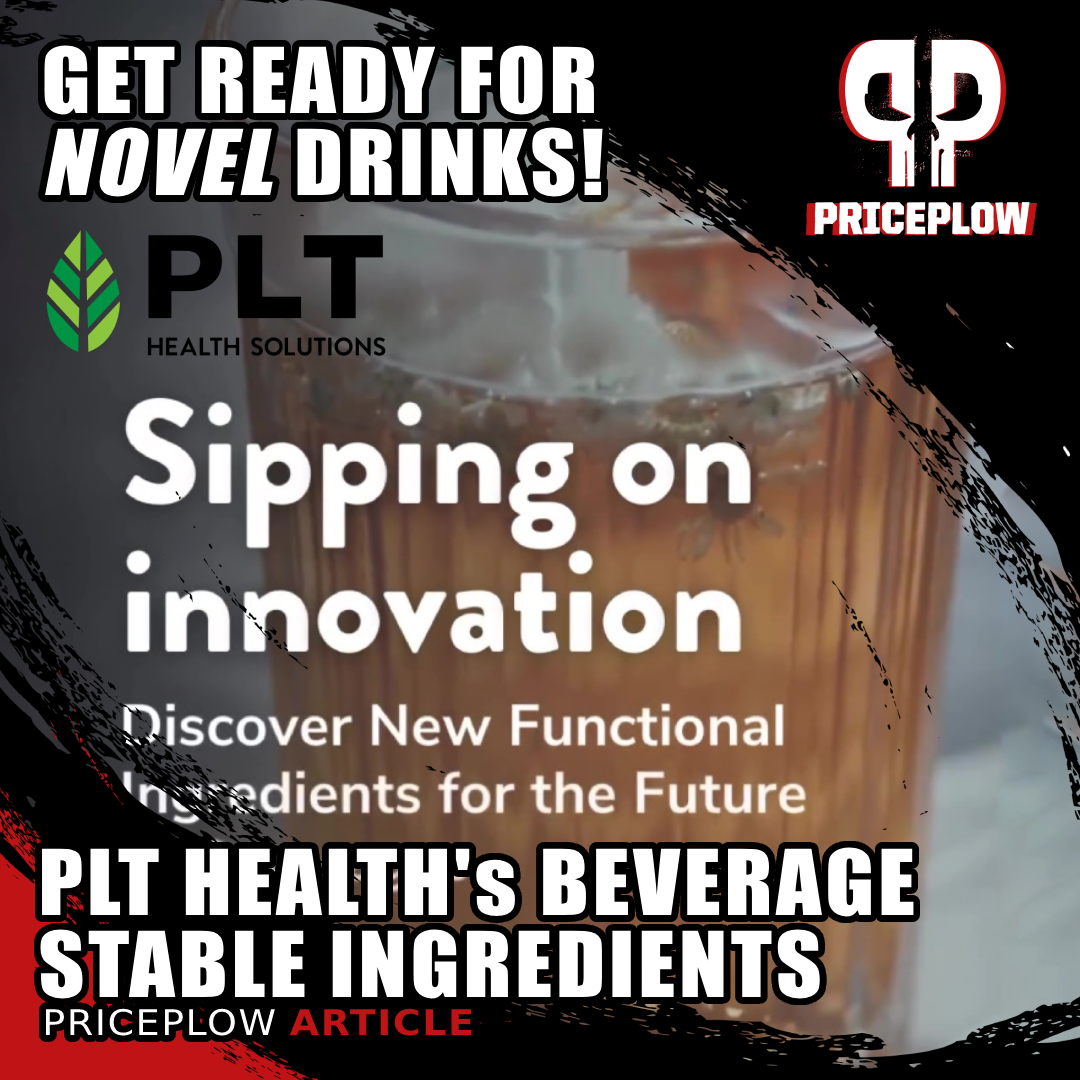
Are you ready for a shake-up in the beverage space? PLT Health Solutions has worked hard to create several drink-stable ingredients, so that we can avoid all of the me-too RTD formulas.
Although we only discussed two randomized clinical trials, both these studies were excellent – particularly the second one, which again, had a huge sample size by sports nutrition supplement science standards.
Although the precise mechanisms behind RipFACTOR's benefits have yet to be fully elucidated, it's obvious that, as we discussed in the introduction, the extracts' powerful antioxidant, anti-inflammatory effects almost certainly have something to do with it. The authors of both papers speculate that RipFACTOR may act as a nitric oxide scavenger, helping stabilize NO and thus potentiate its vasodilatory, ergogenic, and prorecovery effects.[1,9]
For those looking for a supplement right now with RipFACTOR, check out Primeval Labs Primavar, which was updated in 2023 to provide 325mg RipFACTOR per capsule. However, more are going to be on the way, especially since this is one of PLT Health's beverage-stable ingredients. Sign up below for our PLT Health news alerts, there's more on the way:
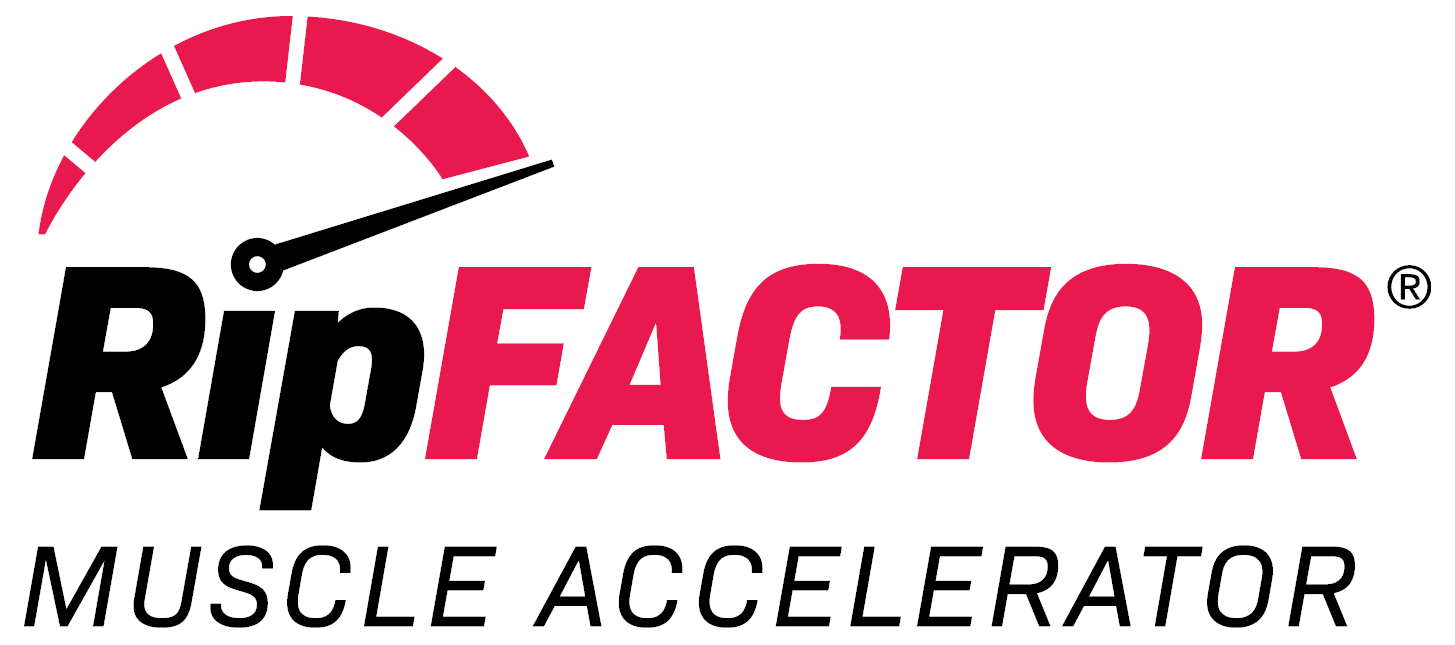
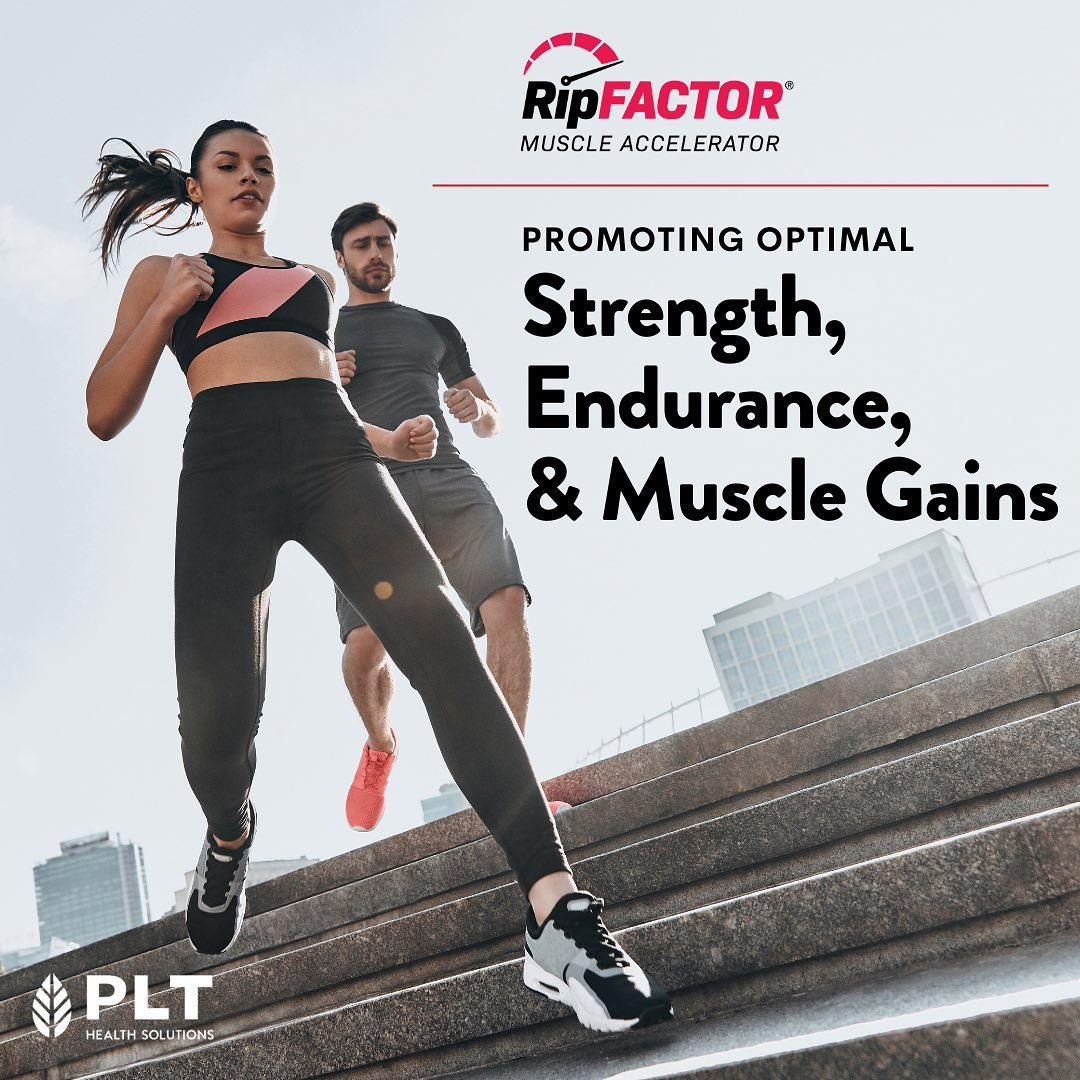
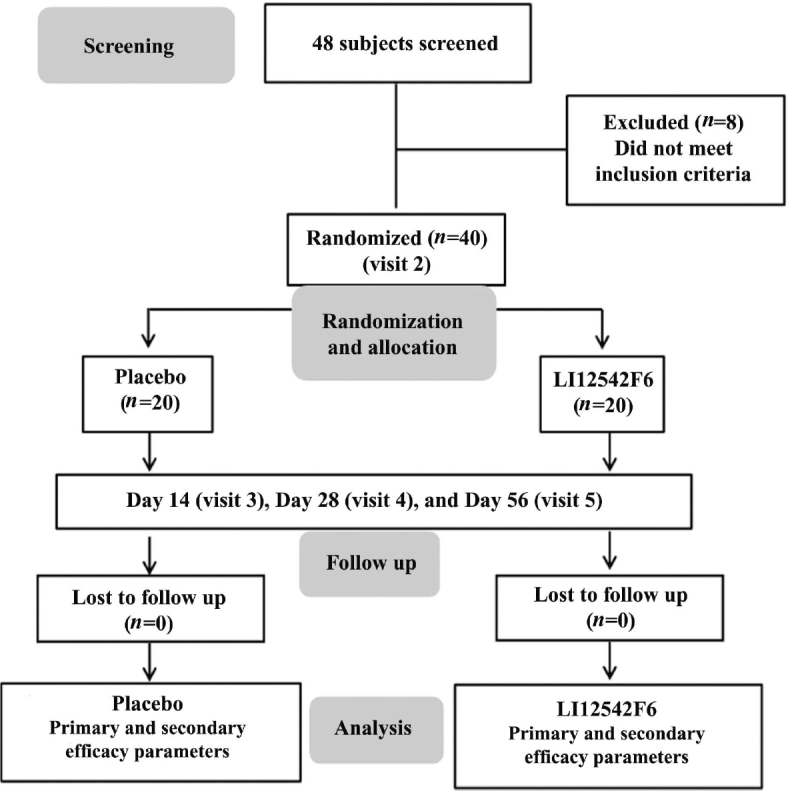
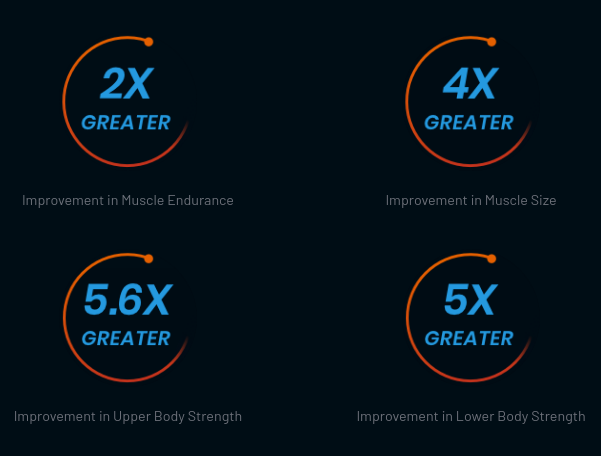
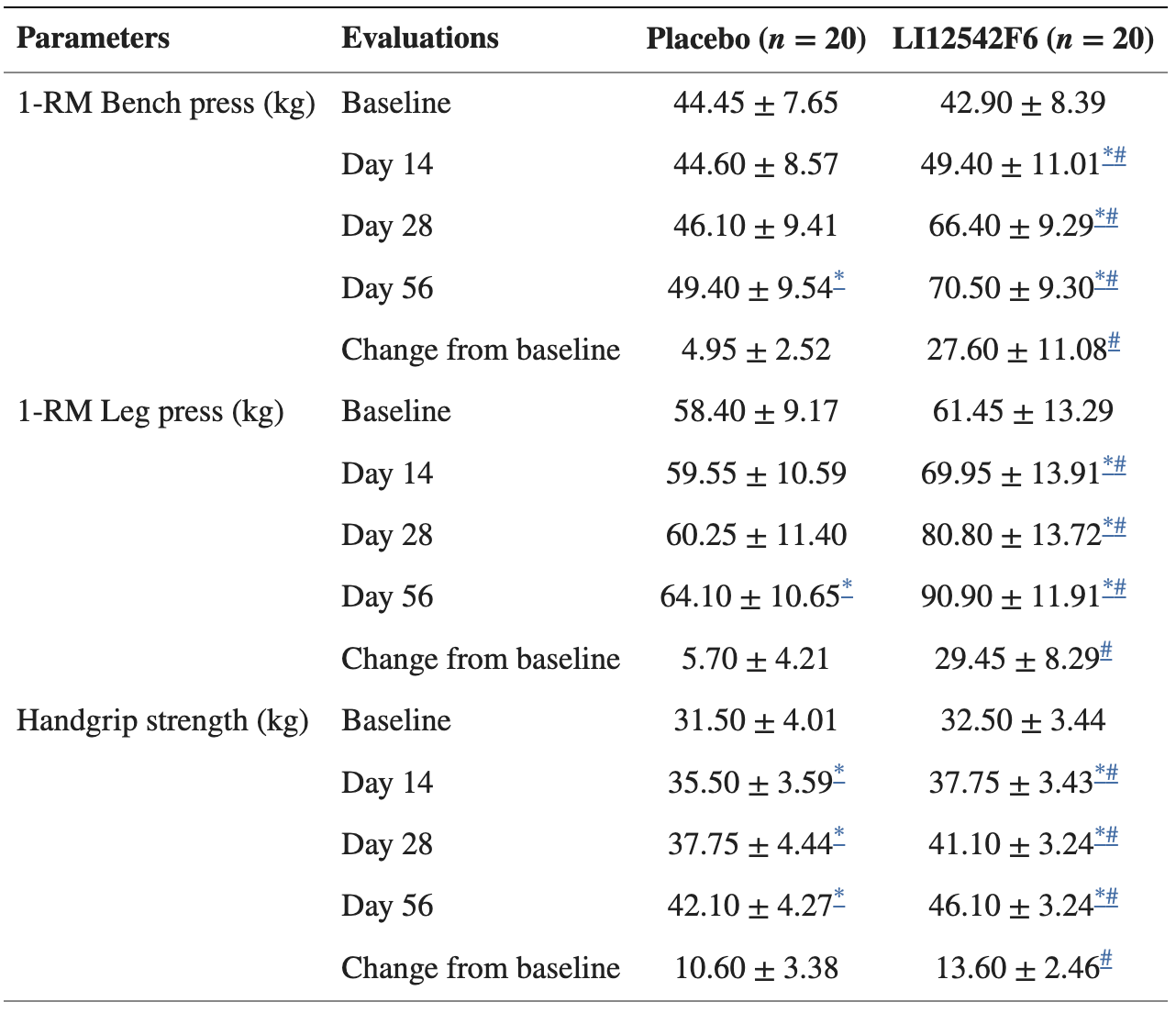
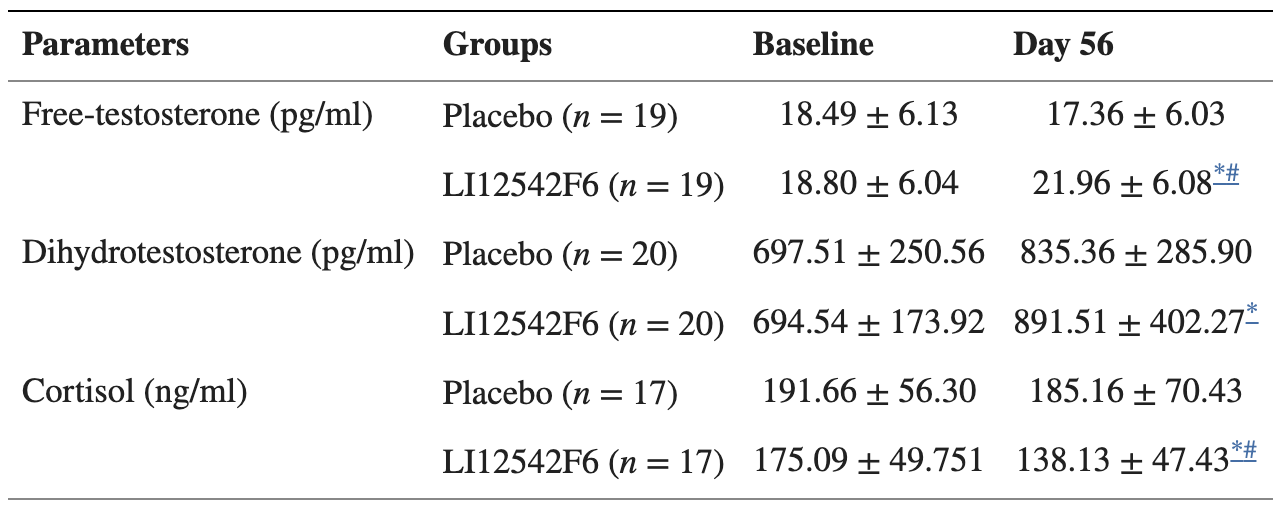
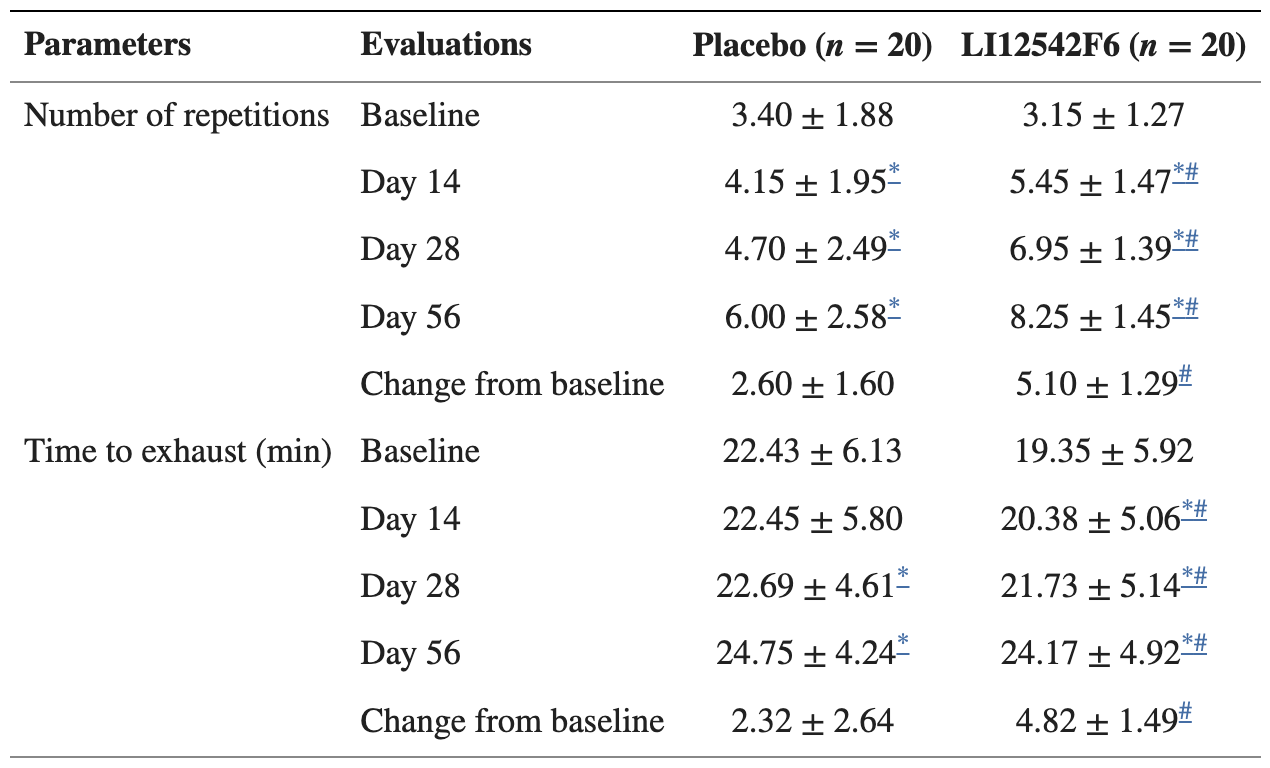
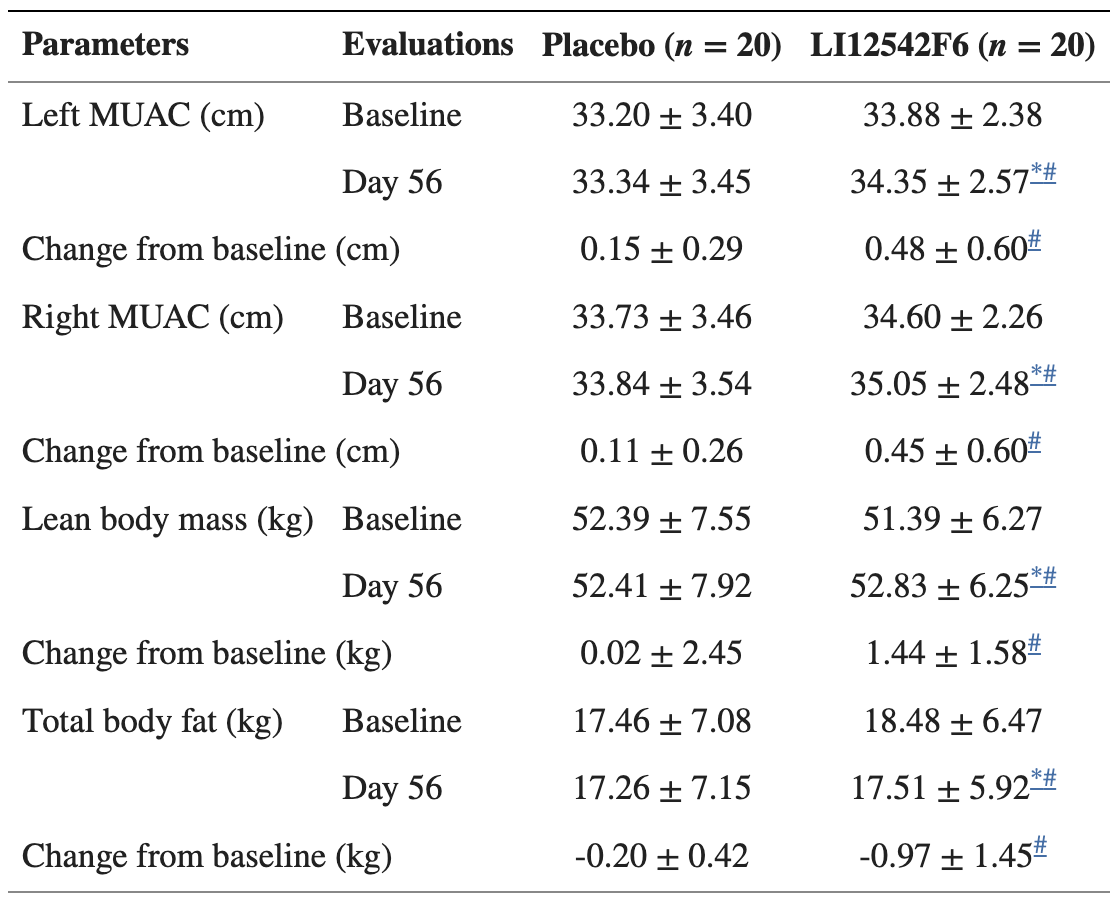
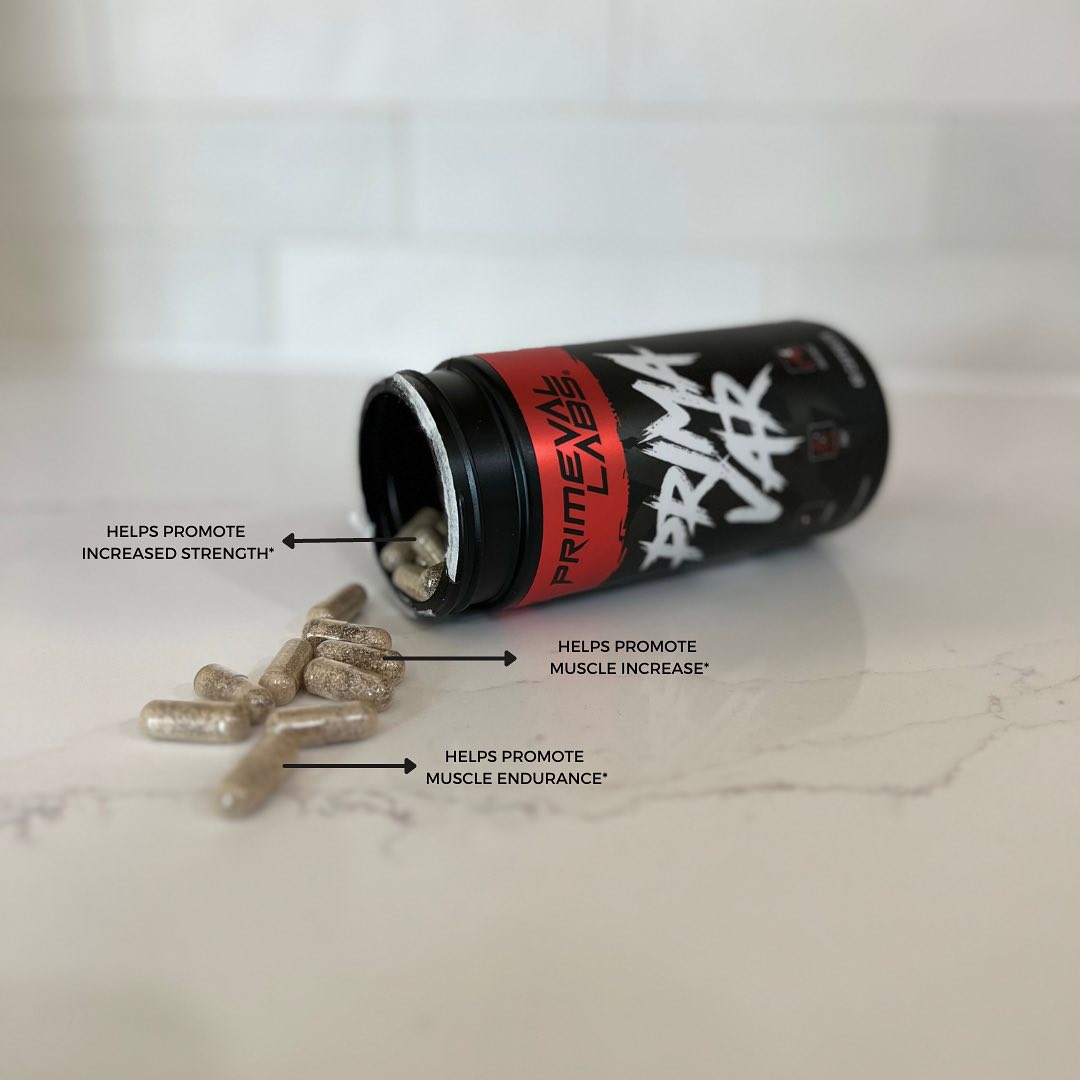
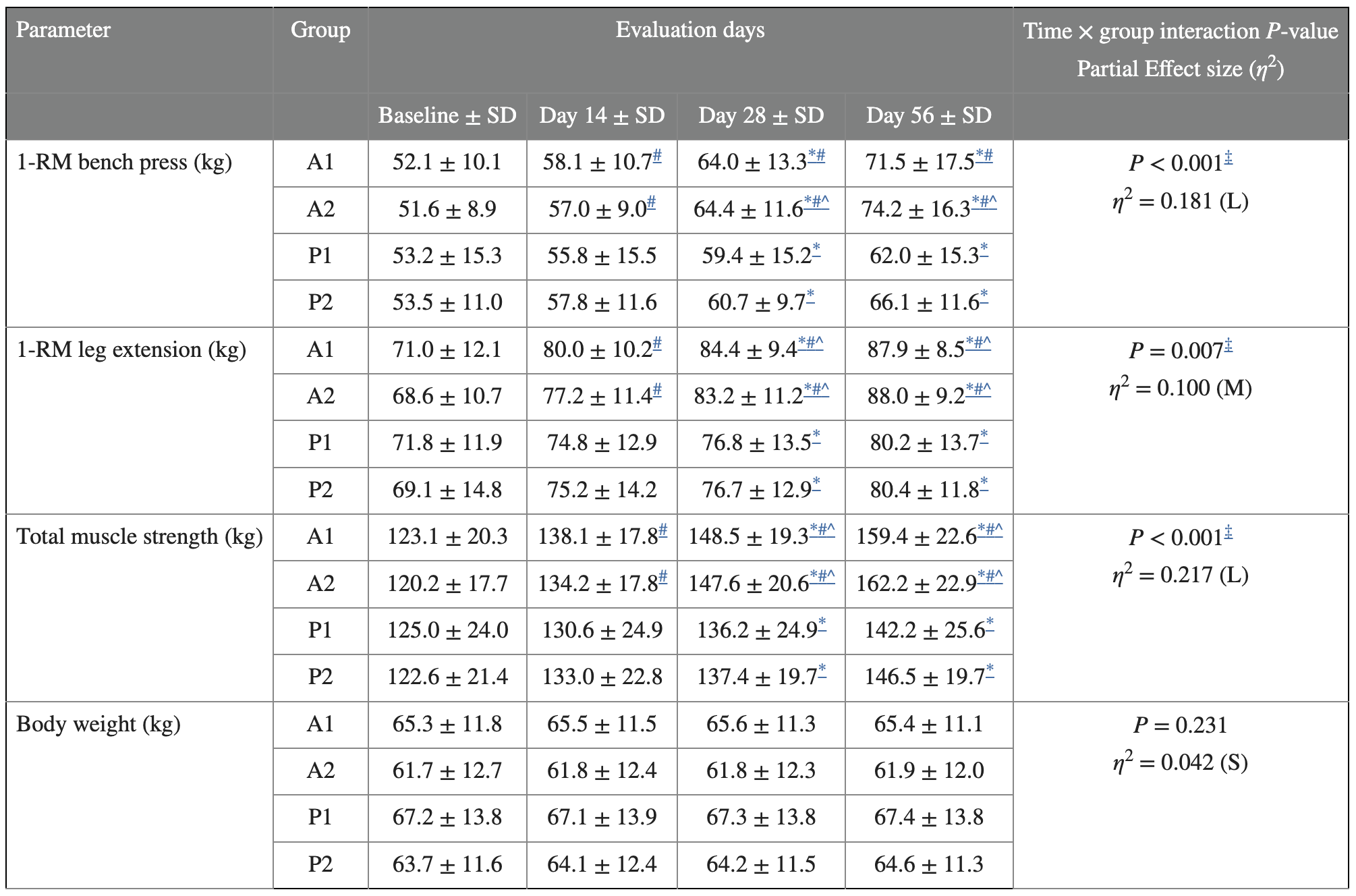
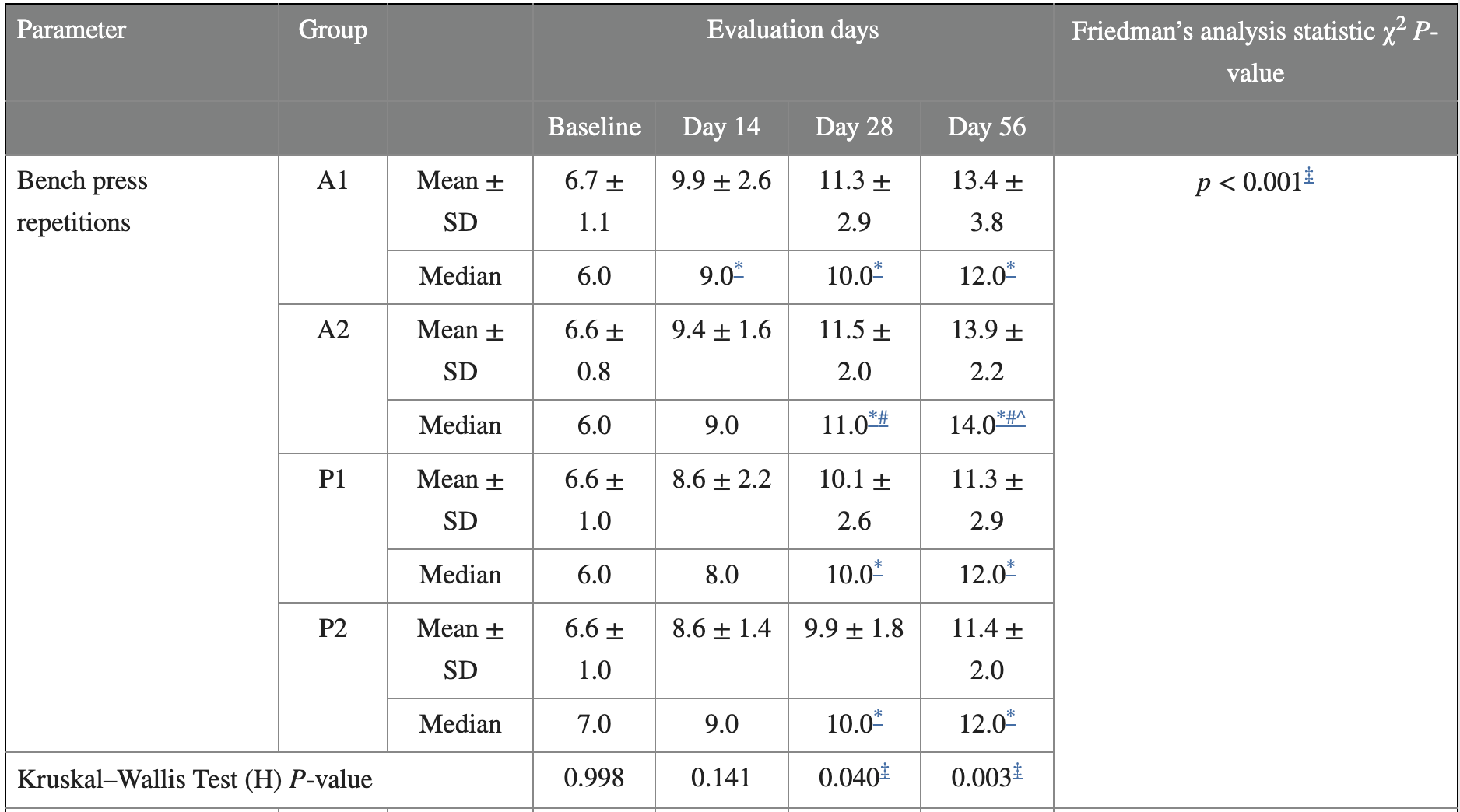
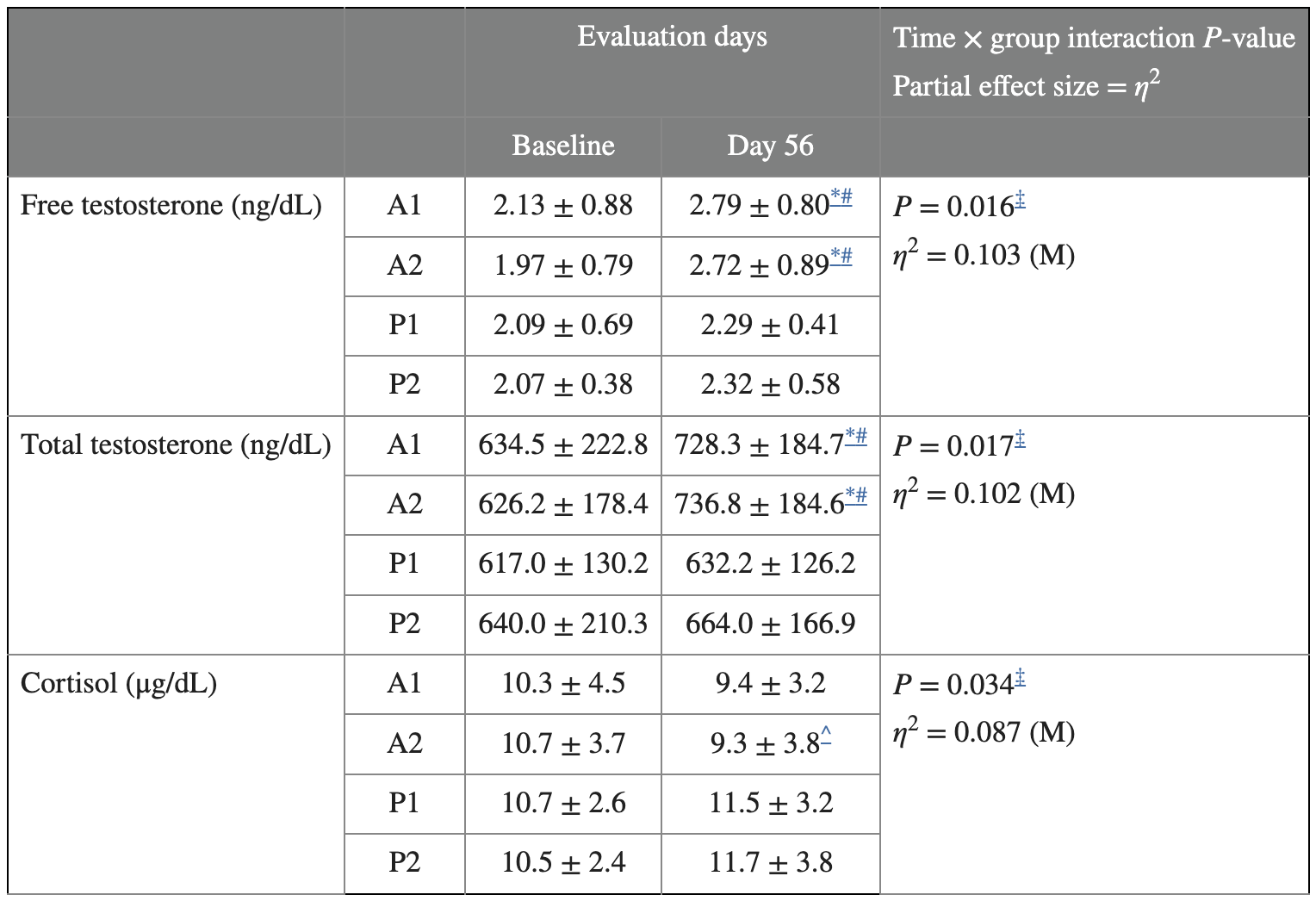




Comments and Discussion (Powered by the PricePlow Forum)